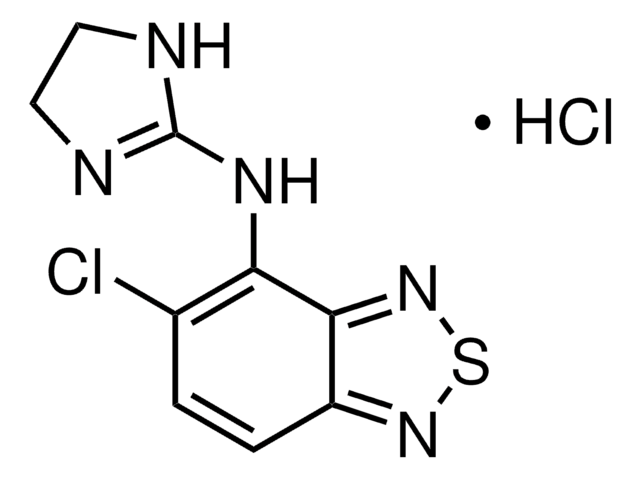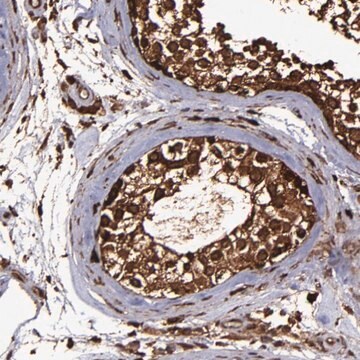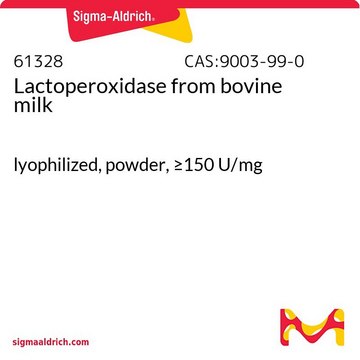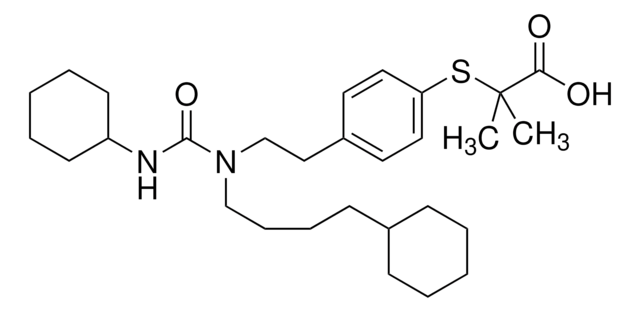Kluczowe dokumenty
M1559
Moxonidine hydrochloride
≥98%
Synonim(y):
4-Chloro-6-methoxy-2-methyl-5-(2-imidazolin-2-yl)aminopyrimidine hydrochloride, BDF-5895
About This Item
Polecane produkty
Poziom jakości
Próba
≥98%
inicjator
Solvay
ciąg SMILES
Cl.COc1nc(C)nc(Cl)c1NC2=NCCN2
InChI
1S/C9H12ClN5O.ClH/c1-5-13-7(10)6(8(14-5)16-2)15-9-11-3-4-12-9;/h3-4H2,1-2H3,(H2,11,12,15);1H
Klucz InChI
ZZPAWQYZQVUVHX-UHFFFAOYSA-N
informacje o genach
human ... ADRA2A(150) , ADRA2B(151) , ADRA2C(152) , NISCH(11188)
Zastosowanie
- as a standard to study its blood-brain barrier (BBB) permeability in porcine brain lipid extract by parallel artificial membrane permeability assay (PAMPA) method
- as a standard to study the chromatographic behavior and lipophilicity by reversed-phase thin-layer chromatography (RP-TLC)
- as an imidazoline I1 receptor agonist to study its effects on excitatory inputs in airway vagal preganglionic neuron (AVPN)
Działania biochem./fizjol.
Cechy i korzyści
Kod klasy składowania
11 - Combustible Solids
Klasa zagrożenia wodnego (WGK)
WGK 3
Temperatura zapłonu (°F)
Not applicable
Temperatura zapłonu (°C)
Not applicable
Środki ochrony indywidualnej
Eyeshields, Gloves, type N95 (US)
Certyfikaty analizy (CoA)
Poszukaj Certyfikaty analizy (CoA), wpisując numer partii/serii produktów. Numery serii i partii można znaleźć na etykiecie produktu po słowach „seria” lub „partia”.
Masz już ten produkt?
Dokumenty związane z niedawno zakupionymi produktami zostały zamieszczone w Bibliotece dokumentów.
Nasz zespół naukowców ma doświadczenie we wszystkich obszarach badań, w tym w naukach przyrodniczych, materiałoznawstwie, syntezie chemicznej, chromatografii, analityce i wielu innych dziedzinach.
Skontaktuj się z zespołem ds. pomocy technicznej






